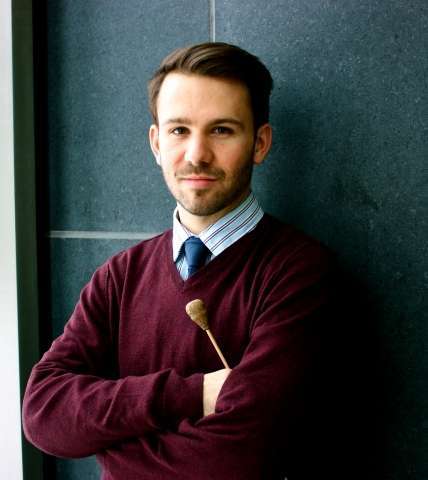If you are looking for a classic, genuine La Bohème production, devoid of a director’s own fantasies, Franco Zeffirelli’s work will provide just that. As the Met’s presenter Renée Fleming explains in her opening words before the curtain rises on this 2008 revival: this particular production of La Bohème has been revived more than any other in the history of the company.
Puccini, after all, and despite his almost otherworldly skill as a composer, was first and foremost a man of the theatre. That is to say, there is an element of “directing” which appears in his score, both in editorial footnotes, his dramatic approach to libretto, and buried within the melodies and rhythms of the singers’ lines themselves. It is therefore difficult for a director to take this work too far out of context.
An incomplete list of countries represented in this diverse cast would include: Mexico, Romania, France, Italy, Spain and the US. Despite this fact, the cast know their roles so well that it is hardly a stretch to believe that they are lifelong friends living in a cold Parisian garret. Rodolfo (Ramón Vargas) and Marcello (Ludovic Tézier), have natural chemistry, and their duets, some of the most difficult in the opera, are supremely comfortable.
Vargas has a wonderful voice for Rodolfo – his tone, even in the high range (never strained), is relaxed and not at all abrasive. Some of the more tender moments in the libretto could perhaps benefit from a little more finesse on his part, but the singing is at all times solid. Angela Gheorghiu as Mimì also has total command over the score, and sings wonderfully, though her acting for the cameras is less believable than that of her colleagues. Gheorghiu has a tendency towards broad, languid phrasing, which the orchestra and conductor Nicola Luisotti accompany splendidly. This is almost Wagnerian pacing, with such immense control over a score rife with difficult tempo and textural changes, and the overall sound concept achieved is truly Debussyan in its scintillating color and warmth.
Act II has enough people on stage to make any fire marshal nervous – peddlers, children, waiters, policemen, mothers, diners, and a fully-equipped military band. Quinn Kelsey (Schaunard) and Oren Gradus (Colline) act tremendously as Marcello loses control of his temper while his former lover Musetta (Aihhoa Arteta) flirts with any number of men that wander by her table. Arteta is a totally natural Musetta, with the youthful, buoyant and athletic voice required for that role, and her “Quando me’n vo’” waltz – which can quickly become a seductive dirge under the wrong direction – is lively enough to keep the action going.
The almost overwhelming energy of Acts I and II are ultimately unsustainable, and Act III opens in relative silence and melancholy. Zeffirelli, who also designed the sets, built the most striking display in the opera for this act. A stark, cold pre-dawn morning was shown, and a stone courtyard was dusted with a heavy layer of snow which fell throughout the act, partly obscuring ancient statues.
The music and text alone in Act IV are enough to leave one speechless with emotion, and the cast and orchestra captured that true spirit of verismo opera - that in-your-face exposure of raw and realistic emotion, paired with some of the most moving music in the repertoire. Mr Gradus traipsed through Colline’s famed “Coat Aria” here, though Gheorghiu’s singing shined, aided by the wonderful acting of her colleagues.
This is a production well-suited for newcomers and connoisseurs alike.


